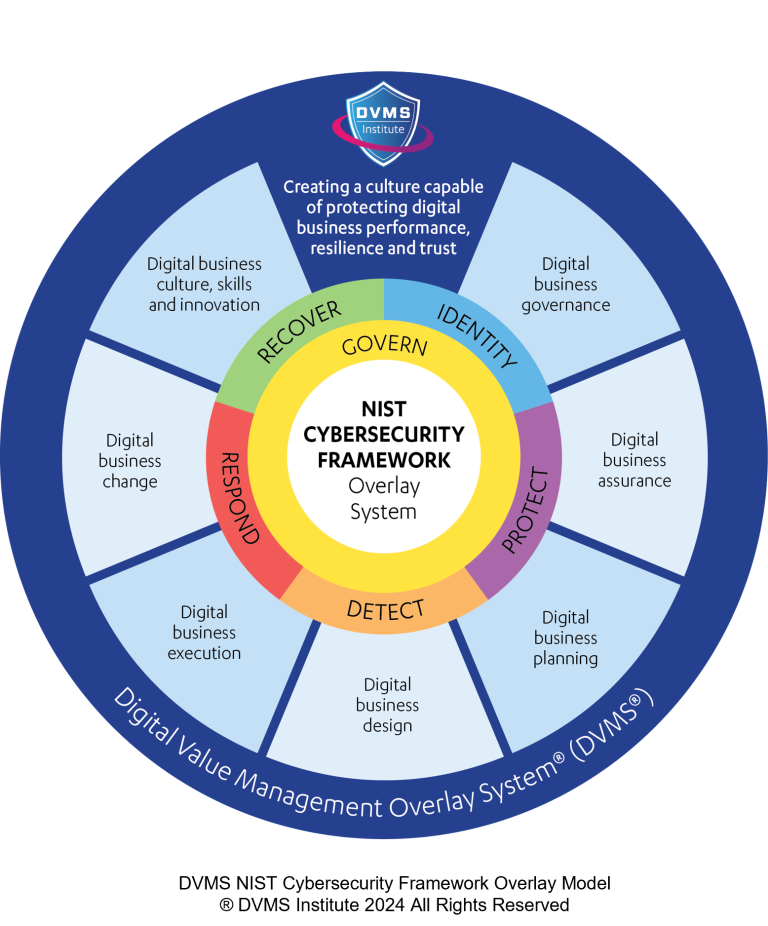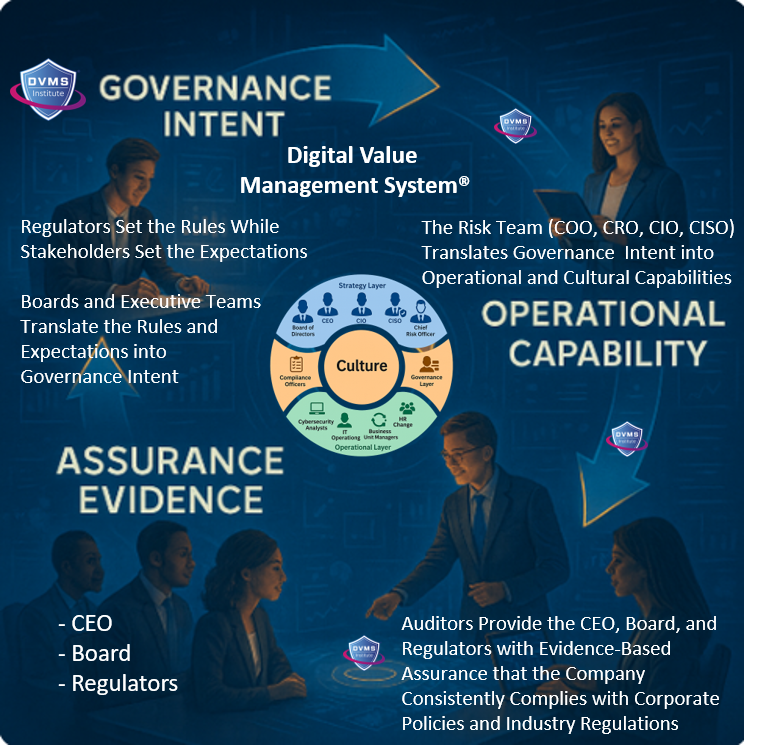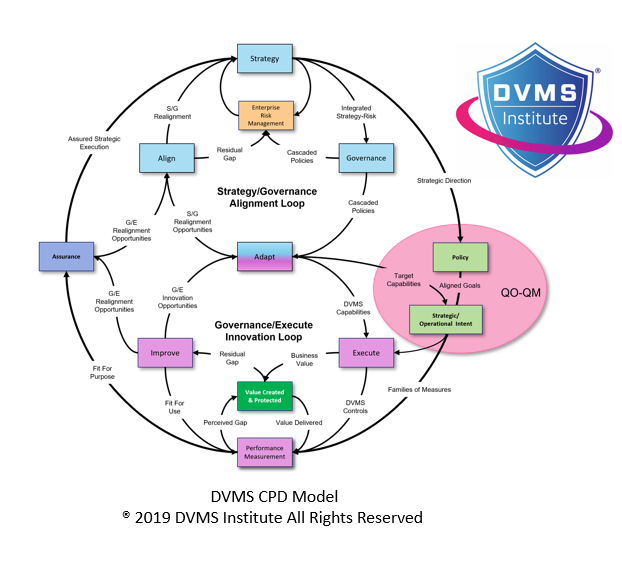The Perils of Standardizing Controlled Unclassified Information
Rick Lemieux – Co-Founder and Chief Product Officer of the DVMS Institute
The concept of a standardized framework for Controlled Unclassified Information (CUI) is appealing because it promises to streamline information management and protection. However, such a system has substantial complexities and potential pitfalls.
One of the primary challenges is the sheer breadth and diversity of information that could fall under the CUI umbrella. From economic data to homeland security intelligence, the range of content is vast, with varying degrees of sensitivity. A one-size-fits-all approach risks overprotecting less sensitive information, stifling innovation and collaboration, or underprotecting critical data, leaving it vulnerable to compromise.
Furthermore, the dynamic nature of information presents another hurdle. What might be considered sensitive today could be publicly available tomorrow. A rigid standard could struggle to adapt to these changes, leading to excessive classification or inadvertent disclosure.
Implementing and enforcing a CUI standard would impose significant costs on government agencies and private sector entities handling government information. New systems, training, and personnel may be required, diverting resources from other critical missions. Additionally, the potential for bureaucratic overreach and unintended consequences is high.
Another concern is the impact on transparency and public trust. While protecting sensitive information is essential, excessive classification can hinder public oversight and accountability.
A broad CUI standard could exacerbate this issue, making it more difficult for citizens to access information about their government’s activities.
Finally, there is the risk of creating a false sense of security. A standardized approach might lead to complacency, as organizations could rely on the framework without fully understanding the specific risks associated with their data. This could leave them vulnerable to cyberattacks and other threats.
While the goal of protecting sensitive information is laudable, a standardized CUI framework is fraught with challenges. A more nuanced approach that balances security needs with transparency and efficiency may be preferable. This could involve developing flexible guidelines rather than rigid rules, empowering agencies to tailor their protections to specific information types, and investing in education and training to foster a culture of information stewardship focused on protecting organizational digital business performance, resilience and client trust.
About the Author

Rick Lemieux
Co-Founder and Chief Product Officer of the DVMS Institute
The DVMS Institute teaches organizations of any size, scale, or complexity an affordable approach to mitigating cyber risk to protect digital business performance, resilience, and trust.
Rick has 40+ years of passion and experience creating solutions to give organizations a competitive edge in their service markets. In 2015, Rick was identified as one of the top five IT Entrepreneurs in the State of Rhode Island by the TECH 10 awards for developing innovative training and mentoring solutions for boards, senior executives, and operational stakeholders.
® DVMS Institute 2024 All Rights Reserved




